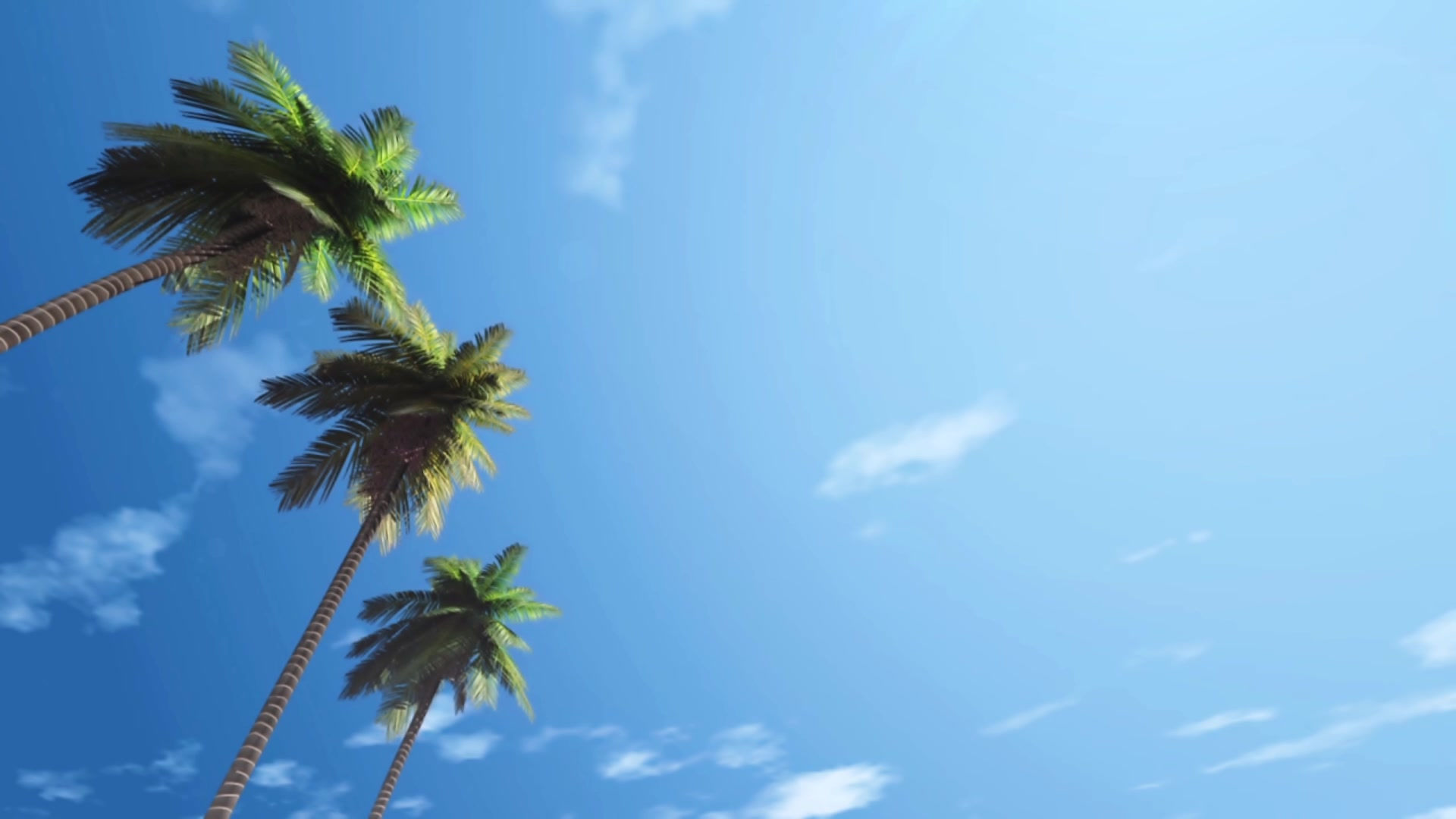
Younique Partners Travel and Tours
TO BE ONE STOP CENTRE GROUND FOR ALL KINDS OF TOUR PACKAGES, TRAVEL GET AWAYS, EVENTS AND OCCASIONS.


Davao
This sprawling city – the culinary, cultural, economic and commercial capital of the south and home town of the country's president – is, for better or worse, becoming more like Manila. More traffic, more malls, more multinationals, more subdivisions hidden behind security gates. However, Mt Apo looms majestically in the distance, symbolising the typical Davaoeño's dual citizenship as both an urbanite and someone deeply rooted to the land outside the city. Locals know that Davao (dah-bow, and sometimes spelt ‘Dabaw’) has more than enough action to keep them satisfied, and yet it’s only a short drive or boat ride from forested slopes and white-sand beaches.

Ilocos Sur
One of the oldest towns in the Philippines, Vigan is a Spanish Colonial fairy tale of dark-wood mansions, cobblestone streets and clattering kalesa (horse-drawn carriages). In fact, it is the finest surviving example of a Spanish Colonial town in Asia and a Unesco World Heritage site. But outside of well-restored Crisologo St (closed to vehicular traffic) and a few surrounding blocks, it’s also a noisy Filipino town like many others. In the places where history feels alive, you can smell the aroma of freshly baked empanadas wafting past antique shops, explore pottery collectives and watch sunlight flicker off capiz-shell windows.

Batangas
The busy industrial port of Batangas is a major transport hub, both for buses and for ferries to Puerto Galera and a few other ports on Mindoro and Romblon. There's little else of interest to travellers.



Palawan
Nothing defines Palawan more than the water around it. With seascapes the equal of any in Southeast Asia, and terrestrial and aquatic wildlife, the Philippines’ most sparsely populated region is also the most beguiling. Because of the silhouette of its main island – a long sliver stretching 650km all the way to Borneo – there’s a certain liberating logic to travel here.

Tagaytay
Strung out along a high ridge overlooking stunning Lake Taal and the multiple craters of active Taal volcano, Tagaytay is a thoroughly absorbing town where you could easily spend a couple of days admiring the views, hiking the volcano, sailing on the lake and dining out in style.

Cebu
Cebu is the hub around which the Visayas revolve. It is the most densely populated island in the Philippines and is second only to Luzon in its strategic and economic importance to the country. This is one of the most prosperous regions in the country – the 2016 growth rate was 8.8%, considerably higher than the national average. Tourism numbers are booming, Cebu draws almost two million foreign travellers a year. The island's prime attractions are its white-sand beaches and spectacular diving, chiefly off the northern tip of Cebu at Malapascua and down on the southwest coast at Moalboal. And don't ignore much-maligned Cebu City, which has lively bars, emerging eateries and burgeoning retail appeal.



